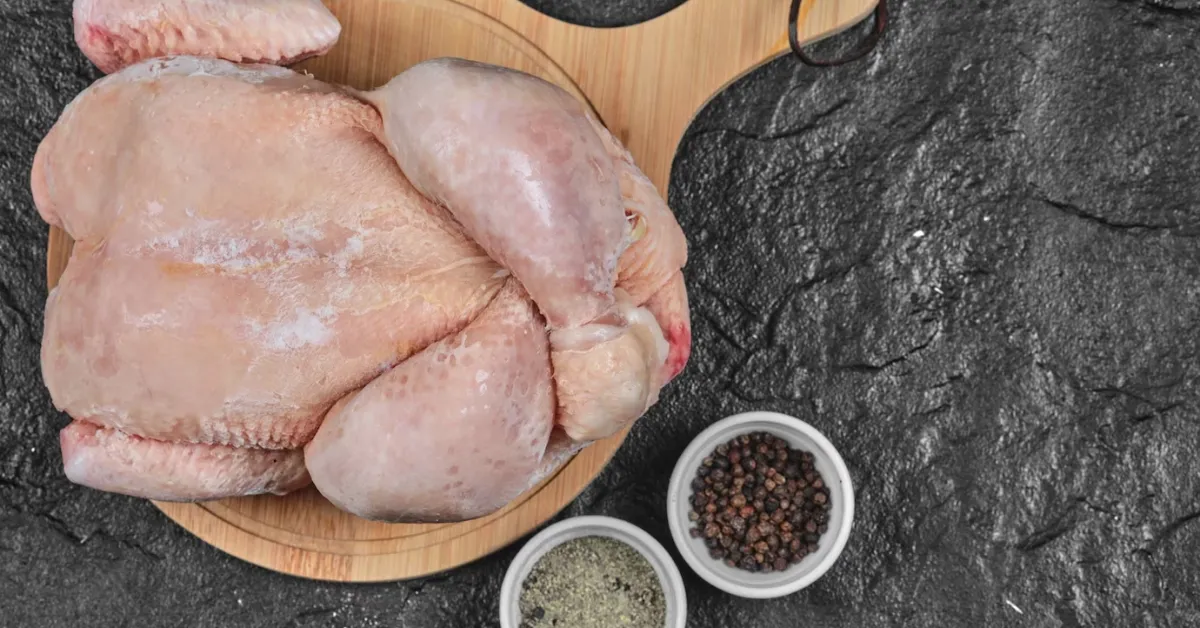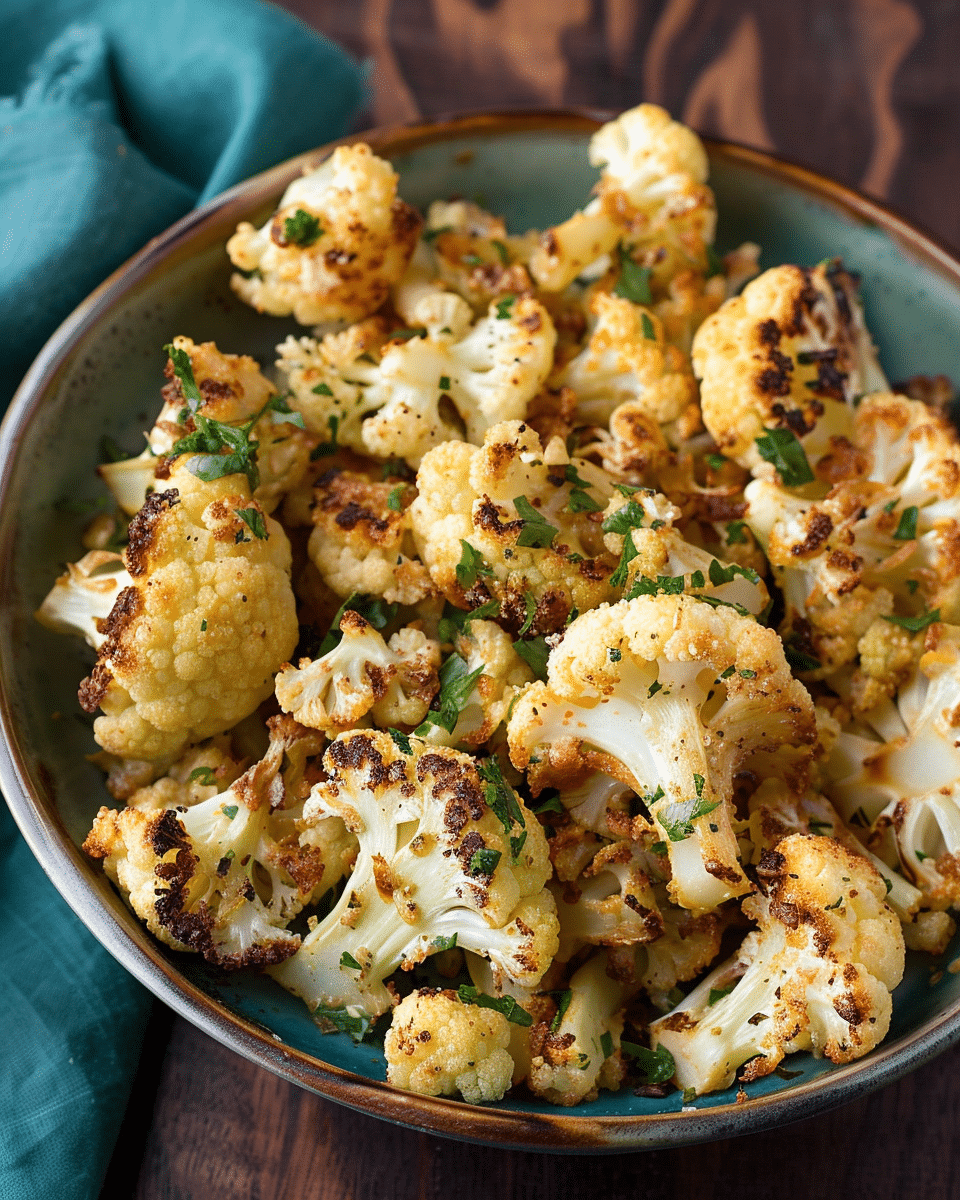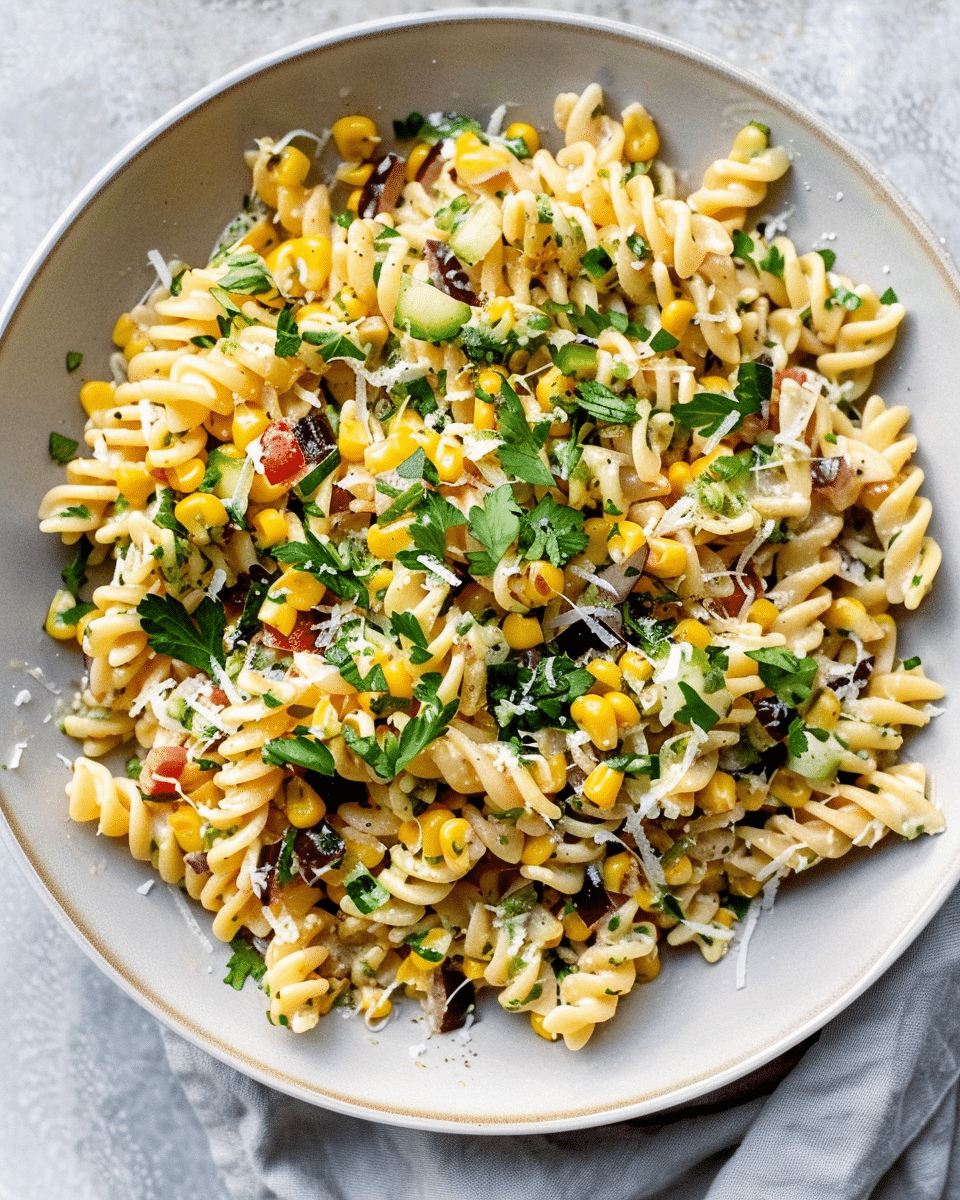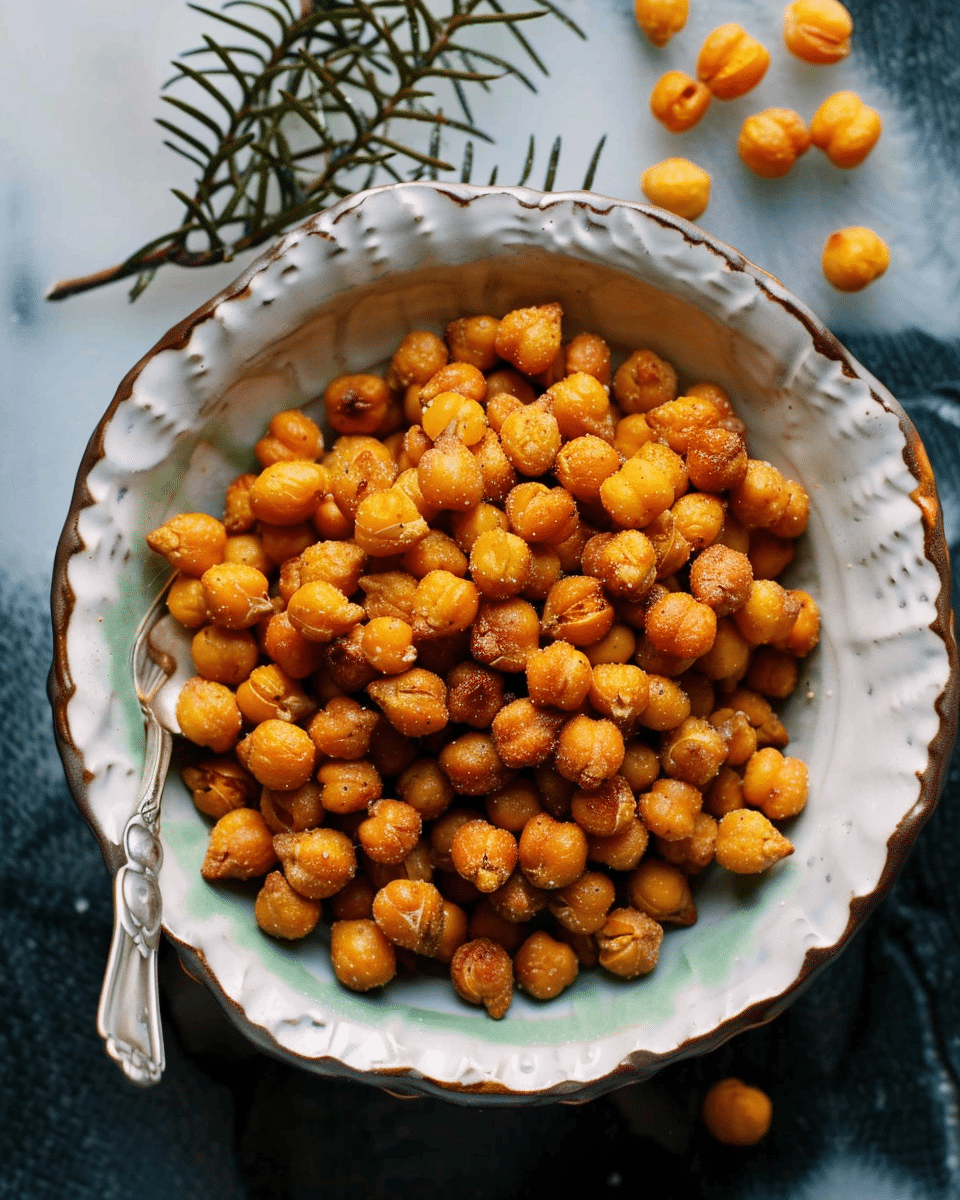When it comes to cooking Cornish hens, one of the most debated questions is whether to cook them breast up or breast down. While both methods have their pros and cons, the answer ultimately depends on your personal preference and cooking style. In this article, we’ll explore the different methods of cooking Cornish hens and the factors that influence which method you should choose.
First, let’s start with understanding Cornish hens. Cornish hens are small chickens that are typically less than two pounds in weight. They are often used for individual servings and can be roasted, grilled, or even cooked in a slow cooker. Cornish hens are known for their tender and juicy meat, making them a popular choice for special occasions or intimate dinners.
Now, let’s dive into the different cooking methods for Cornish hens. The two most common methods are cooking breast up and cooking breast down. Cooking breast up allows the skin to crisp and brown evenly, while cooking breast down allows the juices to flow from the thighs to the breast, resulting in a moist and flavorful bird. Each method has its own set of pros and cons, which we’ll explore further in this article.
Key Takeaways
- The method you choose for cooking Cornish hens depends on your personal preference and cooking style.
- Cooking breast up allows the skin to crisp and brown evenly, while cooking breast down allows the juices to flow from the thighs to the breast, resulting in a moist and flavorful bird.
- Consider the factors influencing cooking method and the expert opinions before deciding which method to use.
Understanding Cornish Hens
Cornish hens, also known as Rock Cornish game hens, are a type of chicken that is a cross between the Cornish chicken from Cornwall, England, and the English White Plymouth Rock chicken. They are small in size, weighing between 1 and 2 pounds, and are often served as individual portions.
Cornish hens have a tender and juicy meat that is perfect for roasting, grilling, braising, deep frying, or smoking. They have a mild and slightly sweet flavor that is similar to chicken, but more delicate.
When it comes to cooking Cornish hens, there are a few things to keep in mind. First, it is important to properly thaw the hens before cooking. You can defrost them in the refrigerator for 24 hours or in cold water for 2 to 3 hours.
Second, you can cook Cornish hens breast up or breast down, depending on your preference. Cooking breast up crisps the skin, while breast down keeps the meat moist and juicy.
Third, Cornish hens should be cooked until the internal temperature reaches 165°F in the thickest part of the thigh. This will ensure that the meat is fully cooked and safe to eat.
Overall, Cornish hens are a delicious and versatile option for a variety of dishes. Understanding how to properly cook them will ensure that you can enjoy their tender and flavorful meat to the fullest. Read our Ultimate Cornish Hen Recipe Guide: From Prep to Plate.
Should Cornish Hens Be Cooked Breast Up Or Breast Down?
When it comes to cooking Cornish hens, there are two main methods: breast up and breast down. Both methods have their advantages and disadvantages, and the choice ultimately comes down to personal preference.
Breast Up Method
The breast up method is the most common way to cook Cornish hens. In this method, the hens are placed on a roasting rack with the breast side facing up. This method is preferred by many because it allows the skin on the breast to get crispy and brown, while the dark meat cooks in its own juices.
To cook Cornish hens using the breast up method, preheat your oven to 425°F. Rub the hens with butter or oil, and season with salt, pepper, and any other herbs or spices you prefer. Place the hens on a roasting rack breast side up, and cook for 45-60 minutes, or until the internal temperature of the thickest part of the thigh reaches 165°F.
Breast Down Method
The breast down method is less common, but some people prefer it because it allows the dark meat to cook more evenly. In this method, the hens are placed on a roasting rack with the breast side facing down. This method can also result in a juicier bird, as the juices from the dark meat drip down into the breast meat.
To cook Cornish hens using the breast down method, preheat your oven to 425°F. Rub the hens with butter or oil, and season with salt, pepper, and any other herbs or spices you prefer. Place the hens on a roasting rack breast side down, and cook for 45-60 minutes, or until the internal temperature of the thickest part of the thigh reaches 165°F.
It’s important to note that when cooking Cornish hens breast down, the skin on the breast will not get crispy and brown like it does with the breast up method. If you prefer crispy skin, the breast up method is the way to go.
In conclusion, both the breast up and breast down methods have their pros and cons. The breast up method results in crispy skin on the breast and juicy dark meat, while the breast down method allows the dark meat to cook more evenly and results in a juicier bird overall. The choice ultimately comes down to personal preference.
Factors Influencing Cooking Cornish Hens Breast Position
When it comes to cooking Cornish hens, the question of whether to cook them breast up or breast down is a common one. The answer depends on several factors, including the size and weight of the hen, the type of oven being used, and the desired outcome.
Size and Weight of the Hen
The size and weight of the Cornish hen can play a role in determining whether to cook it breast up or breast down. If the hen is smaller and lighter, cooking it breast up may be the better option. This will allow the heat to penetrate the breast meat more evenly, resulting in a more evenly cooked bird.
On the other hand, if the hen is larger and heavier, cooking it breast down may be the better option. This will allow the juices from the dark meat to flow down into the breast, keeping it moist and flavorful.
Type of Oven
The type of oven being used can also influence the cooking method for Cornish hens. If you are using a convection oven, cooking the hen breast up may be the better option. The circulating air in a convection oven will help to cook the breast meat more evenly.
If you are using a conventional oven, cooking the hen breast down may be the better option. The heat in a conventional oven rises from the bottom, so cooking the hen breast down will allow the juices from the dark meat to flow down into the breast, keeping it moist and flavorful.
Desired Outcome
The desired outcome can also play a role in determining whether to cook Cornish hens breast up or breast down. If you want a crispy skin, cooking the hen breast up may be the better option. This will allow the skin to become crispy and golden brown.
If you want a more moist and flavorful bird, cooking the hen breast down may be the better option. This will allow the juices from the dark meat to flow down into the breast, keeping it moist and flavorful.
In conclusion, the decision to cook Cornish hens breast up or breast down depends on several factors, including the size and weight of the hen, the type of oven being used, and the desired outcome. Consider these factors when deciding how to cook your Cornish hen to ensure the best possible results.
Pros and Cons of Each Method
When it comes to cooking Cornish hens, there are two main methods: breast up and breast down. Each method has its own set of advantages and disadvantages that you should consider before deciding which one to use.
Advantages of Breast Up
Cooking Cornish hens breast up is the most common method. Here are some of the advantages of using this method:
- Better presentation: Cooking the hens breast up allows for a better presentation because the skin on the breast will be golden brown and crispy.
- Faster cooking time: Cooking the hens breast up allows for faster cooking time because the heat is concentrated on the breast, which is the thinnest part of the bird.
- Juicier breast meat: Cooking the hens breast up allows the juices to flow down into the breast, which keeps it moist and juicy.
Disadvantages of Breast Up
While cooking Cornish hens breast up has its advantages, it also has some disadvantages:
- Dry leg meat: Cooking the hens breast up can cause the leg meat to be dry because it is not in direct contact with the juices.
- Uneven cooking: Cooking the hens breast up can cause uneven cooking because the breast cooks faster than the legs.
Advantages of Breast Down
Cooking Cornish hens breast down is less common, but it has some advantages:
- Juicier leg meat: Cooking the hens breast down allows the juices to flow down into the legs, which keeps them moist and juicy.
- Even cooking: Cooking the hens breast down allows for even cooking because the legs and breast cook at the same rate.
Disadvantages of Breast Down
While cooking Cornish hens breast down has its advantages, it also has some disadvantages:
- Less crispy skin: Cooking the hens breast down can cause the skin on the breast to be less crispy because it is not exposed to direct heat.
- Longer cooking time: Cooking the hens breast down can take longer because the breast is the thickest part of the bird and takes longer to cook.
Ultimately, the method you choose will depend on your personal preference and the outcome you desire.
Expert Opinions
When it comes to cooking Cornish hens, there are varying opinions on whether they should be cooked breast up or breast down. Here are some expert opinions to help you decide:
Breast Up
Cooking Cornish hens breast up is a popular method. Food Network suggests preheating the oven to 425°F, drying the hen(s), seasoning them, and drizzling with oil or melted butter. Add desired seasonings, then roast breast up for 45-60 minutes, or until it hits 165°F internally. Discover: How to Make Your Own Seasoning: A Complete Guide
Breast Down
Some experts suggest cooking Cornish hens breast down. MyRecipes recommends breast down cooking on a rack for moister meat, shielded by wings and back. Roast at 425 degrees Fahrenheit for 15 minutes, then reduce the heat to 350 degrees Fahrenheit and continue cooking for another 35-45 minutes, or until the internal temperature reaches 165 degrees Fahrenheit.
Conclusion
Ultimately, the decision of whether to cook Cornish hens breast up or breast down is up to you. Both methods have their benefits and drawbacks, and it may be worth trying both to see which you prefer. Whichever method you pick, use a meat thermometer to ensure the hen is cooked and safe to eat.
FAQs
How do you eat Cornish game hens? Cornish hens are eaten similarly to chicken. Use a fork and knife to cut into the meat, enjoying both the white and dark portions.
Should Cornish hens be room temp before cooking? Yes, it’s best to let Cornish hens reach room temperature for even cooking, usually about 30 minutes.
At what temperature is a Cornish game hen cooked? A Cornish hen is fully cooked when an internal temperature of 165°F (74°C) is reached in the thickest part of the thigh.
How do you cut a Cornish hen before cooking? To spatchcock, place the hen breast-side down and cut along both sides of the backbone. Remove it, then flip and press flat.
How do you know when a Cornish hen is cooked? The hen is cooked when juices run clear and an instant-read thermometer reads 165°F (74°C) in the thigh’s thickest part.
Conclusion
In conclusion, there’s no definitive answer on cooking Cornish hens breast up or down. It ultimately comes down to personal preference and the desired outcome of the dish.
Cooking the Cornish hen breast up gives a crispy skin and a better presentation. However, the breast meat may become dry and overcooked, while the dark meat may be undercooked.
Cooking the Cornish hen breast down ensures even cooking with moist breast and well-cooked dark meat. However, the skin on the breast may not be as crispy, and the presentation may not be as visually appealing.
Whether cooking the Cornish hen breast up or down, ensure its internal temperature hits 165°F for safe consumption.
Ultimately, cooking your Cornish hen is based on personal preference and the dish’s desired result. Experiment with both methods to find the one that works best for you and your taste buds.









